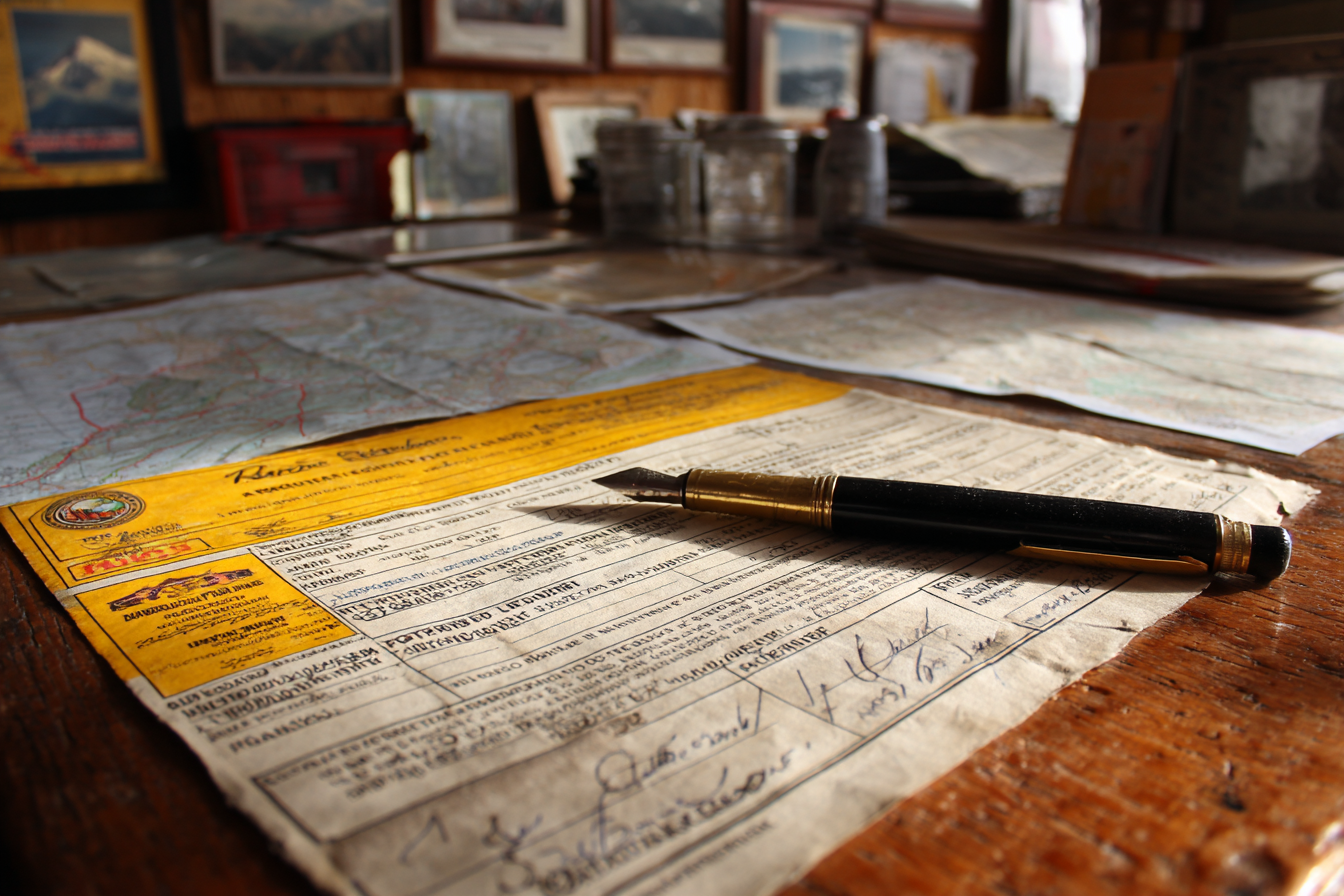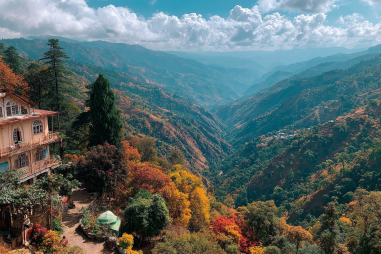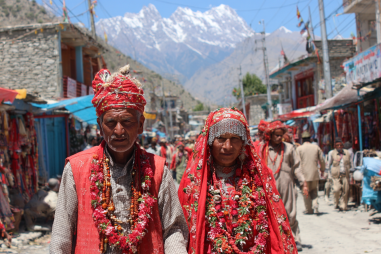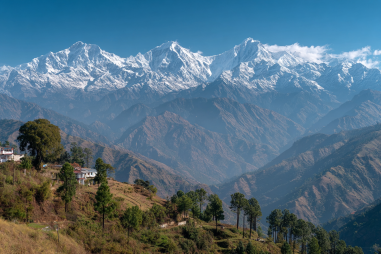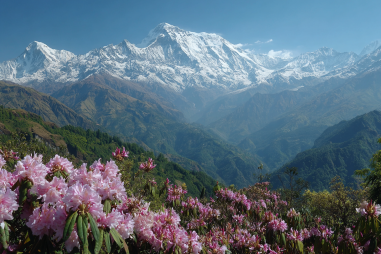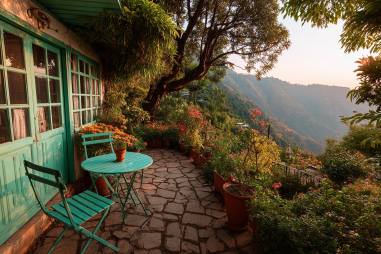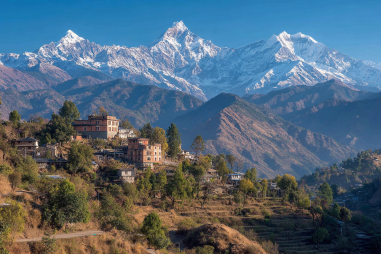Embarking on a trek around Jomsom is an unforgettable experience, offering spectacular views, unique cultural encounters, and thrilling adventures. However, before you set foot on this scenic trail, it’s essential to understand the trekking permits required to explore the region legally and responsibly. Getting the correct permits ensures your journey goes smoothly while supporting conservation efforts in the Annapurna region. This guide will walk you through everything you need to know about Jomsom trekking permits, from where to acquire them to the rules you must follow along the way.
Overview of Required Permits for Jomsom Trekking
Trekking in the Jomsom area, part of the popular Annapurna region, requires obtaining specific permits. These permits regulate access to the national park, conservation areas, and certain restricted zones to maintain ecological balance and preserve indigenous cultures. Without these permits, trekkers risk fines, confiscation of gear, or being turned back by local authorities. The main permits you will encounter on Jomsom treks include the Trekker’s Information Management System (TIMS) card, the Annapurna Conservation Area Project (ACAP) permit, and, in some cases, restricted area permits.
Types of Permits: TIMS, ACAP, and Restricted Area Permits
TIMS (Trekker’s Information Management System)
The TIMS card is a mandatory identification document introduced by the Nepal Tourism Board for all independent trekkers in Nepal. It helps keep track of trekkers’ movements and enhances safety by helping local authorities know who is in the mountains. If you are trekking with a registered guide or agency, TIMS is usually included in your package. For independent trekkers, it is essential to obtain this card before starting your journey.
ACAP (Annapurna Conservation Area Project) Permit
The ACAP permit is required to enter and trek within the Annapurna Conservation Area, which includes Jomsom and its surrounding regions. This permit plays a crucial role in protecting the unique natural environment of the Annapurna range and ensuring that trekking activities follow sustainable principles. ACAP funds local conservation projects and supports the livelihoods of residents in the area.
Restricted Area Permits
While the Jomsom trekking route itself generally does not require special restricted area permits, some nearby regions such as Upper Mustang, which is close to Jomsom, do require additional restricted area permits issued by the Nepalese government. If you plan to venture beyond the typical Jomsom trails into more restricted zones, make sure you check permit requirements carefully and obtain the necessary documentation in advance.
Where and How to Apply for Jomsom Trekking Permits
Applying for trekking permits in Nepal is relatively straightforward, but it’s best to allow adequate time beforehand to complete the process. Here are the main ways to get your permits:
- In Kathmandu: Both TIMS and ACAP permits can be obtained from the Nepal Tourism Board office or authorized travel agencies in Kathmandu. This is the most common and convenient option for most trekkers.
- In Pokhara: You can also apply for ACAP and TIMS permits in Pokhara, a popular gateway to Jomsom treks. Many trekking agencies will help you secure the permits as part of their package.
- Online: Nepal has introduced online systems for TIMS and some permits, though the online service may not yet cover all regions. Check the official websites for updates prior to your trip.
When you apply, you need to provide a valid passport, recent passport-size photos, and fill out the necessary forms. It’s advisable to have printed copies of your permits, as electronic versions might not always be accepted in remote checkpoints along the trail.
Permit Fees and Validity Periods
The cost and validity of permits vary depending on the permit type and your nationality:
- TIMS Card: For independent trekkers, the TIMS card typically costs around $10 for individual trekkers and $20 for those trekking as part of a group or with an agency. The card is valid for the duration of your trek within permitted trekking areas.
- ACAP Permit: The ACAP permit usually costs around $30 for international trekkers. This permit is generally valid for up to one month but can sometimes be extended if your trek takes longer.
- Restricted Area Permit: If required for areas near Jomsom, these can range from $50 to $500, depending on the specific restricted zone and your nationality, with different validity periods.
Be sure to check current fees before your trek, as prices can occasionally change due to government policies. Fees collected from these permits directly contribute to conservation efforts and supporting local communities.
Importance of Carrying Permits During Your Trek
It is crucial to carry your permits with you throughout your trekking journey in the Jomsom region. Local authorities and security checkpoints regularly verify permits as part of efforts to monitor and regulate trekker activities. Having your permits allows smooth passage through these checkpoints and shows your commitment to trekking responsibly and legally. Losing your permits can lead to delays, fines, or worse, being denied access to certain areas.
Additionally, trekking agencies and guides often check the permits to ensure compliance. Keeping them in a safe but accessible place such as a waterproof document holder is a great way to avoid damage or loss while trekking.
Penalties for Non-Compliance with Trekking Permit Rules
Trekking without the proper permits in Jomsom or a related area can result in serious consequences. Authorities may impose penalties such as:
- Fines ranging from minimal to substantial amounts based on the violation
- Confiscation of trekking equipment temporarily or permanently
- Being escorted back to the nearest permit checkpoint or even out of Nepal in severe cases
- Difficulty registering future trekking permits in Nepal
These penalties serve both as a deterrent and as protection of Nepal’s fragile environment and cultural sites. Always respect regulations to ensure that future adventurers can enjoy these trails as well.
Helpful Tips for Managing Your Trekking Permits
To keep your trekking permits hassle-free, consider the following tips:
- Apply for permits well before your trek starts to avoid last-minute stress and ensure availability.
- Always carry original copies of your permits along with valid identification, such as your passport.
- Make photocopies or take pictures of permits as backups in case of loss or damage.
- Inform your trekking guide or agency about your permit status and provide copies to them if trekking with a group.
- Visit official government or authorized agencies to get permits to avoid scams or counterfeit documents.
- Ask for a receipt when you pay for permits, just in case you need proof later on.
- Keep permits and identification in a waterproof, easily accessible place during your trek.
Enjoying Your Trek Without Permit Worries
Understanding and managing trekking permits is a vital part of preparing for your adventure around Jomsom. With the right permits in hand, you can focus on immersing yourself in breathtaking landscapes, welcoming local communities, and the incredible cultural heritage of Nepal. Remember, permits not only protect you but also contribute to preserving Nepal’s natural and cultural treasures for generations to come. Taking care to follow these guidelines and regulations will help you enjoy a safe, smooth, and rewarding trek.

